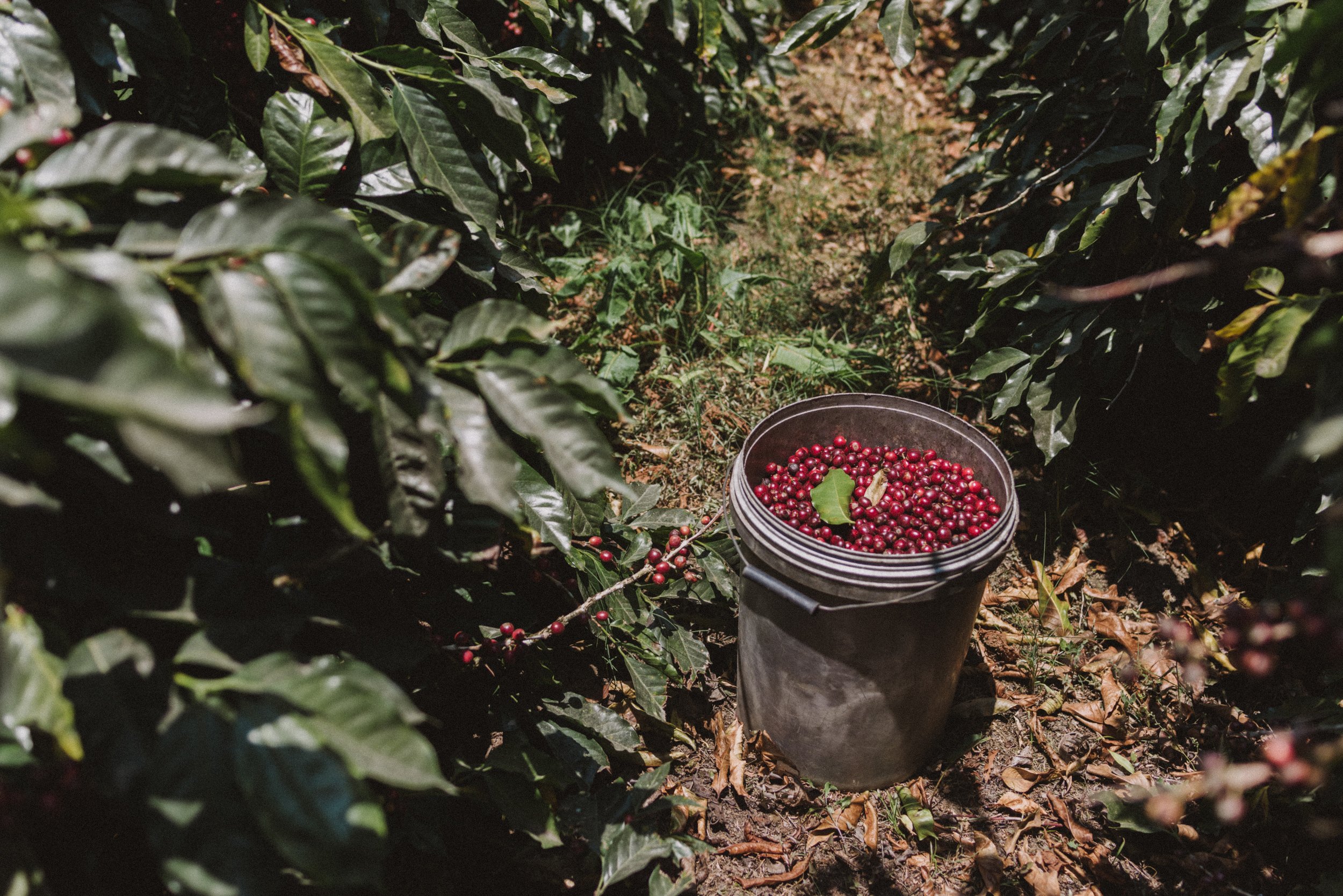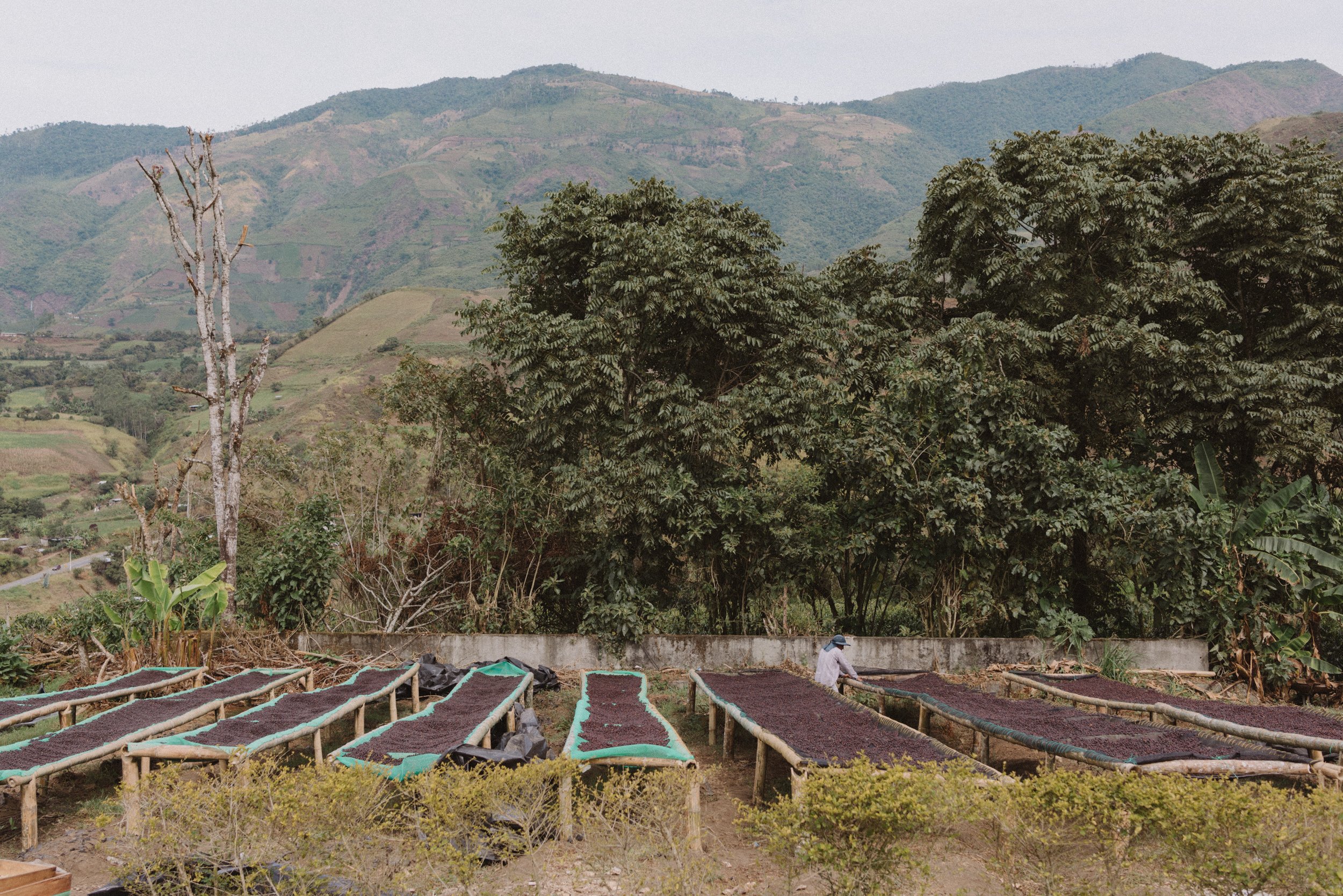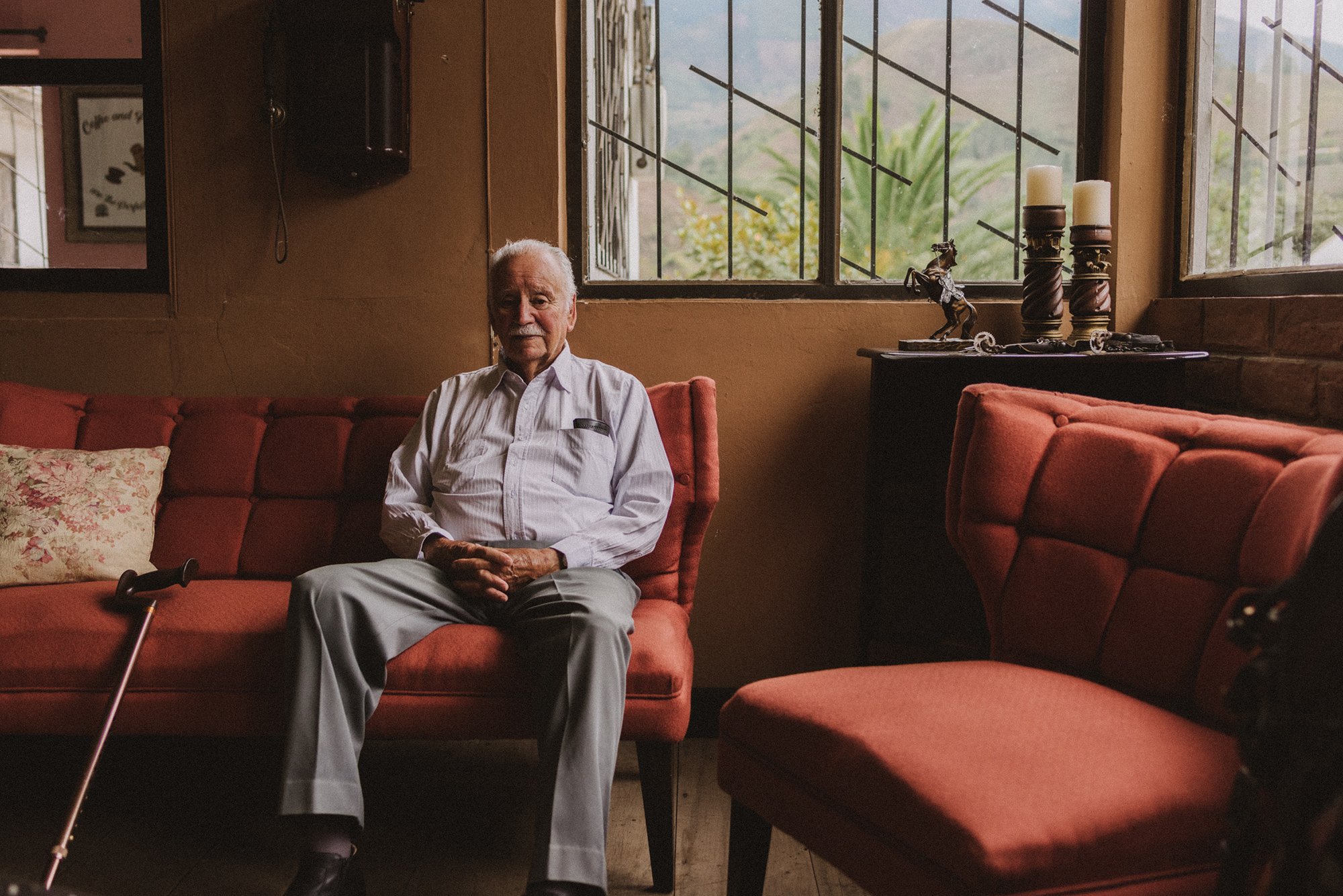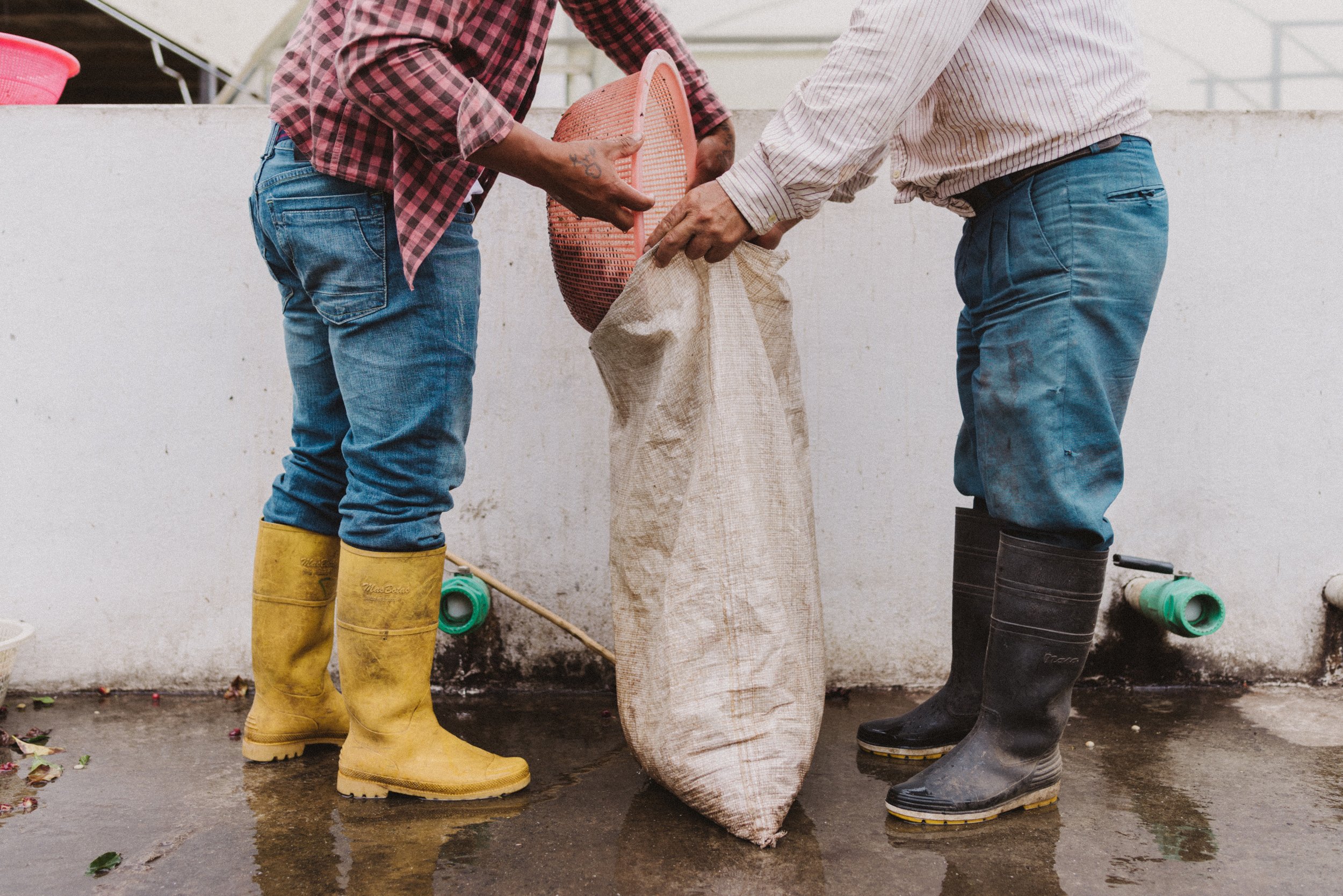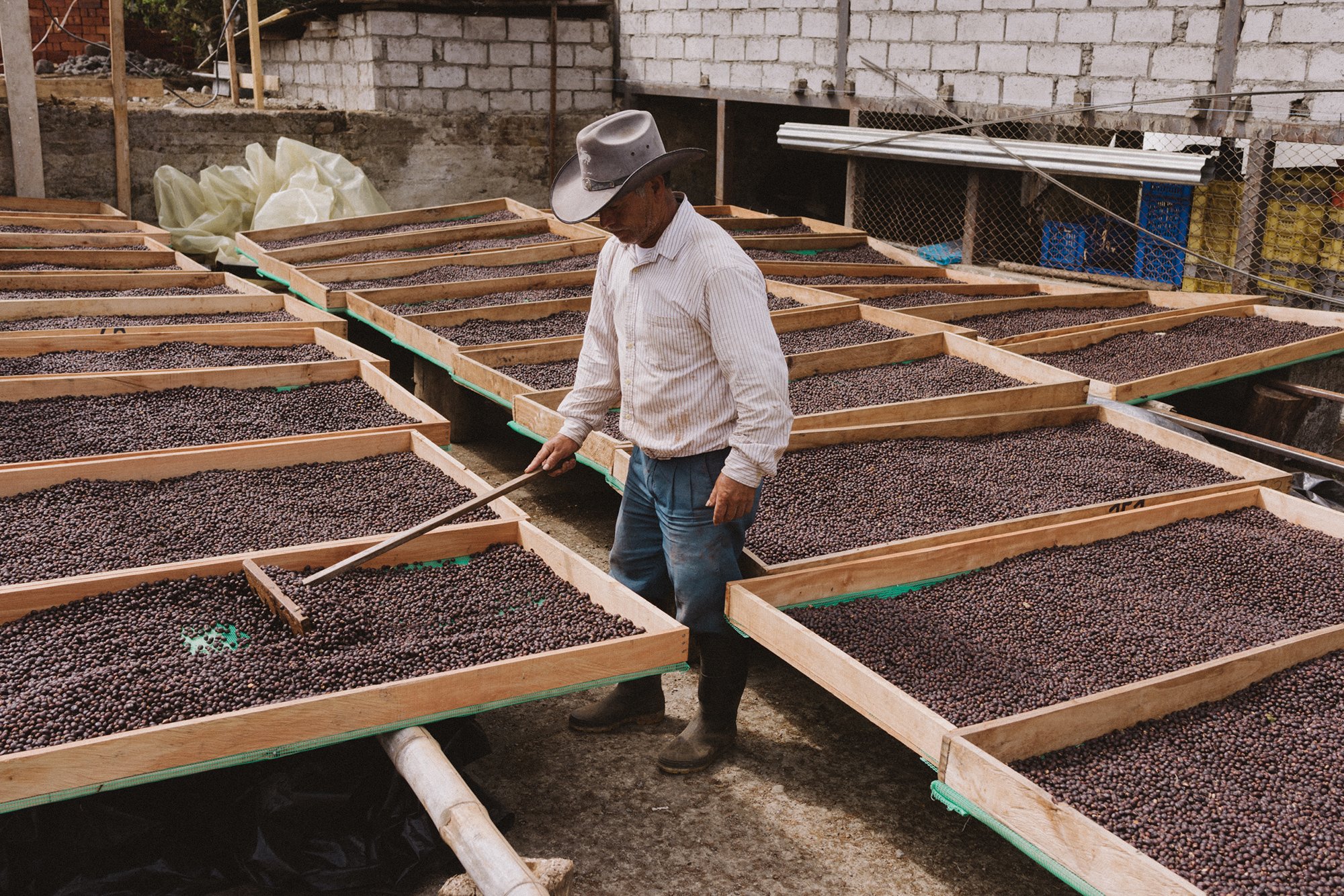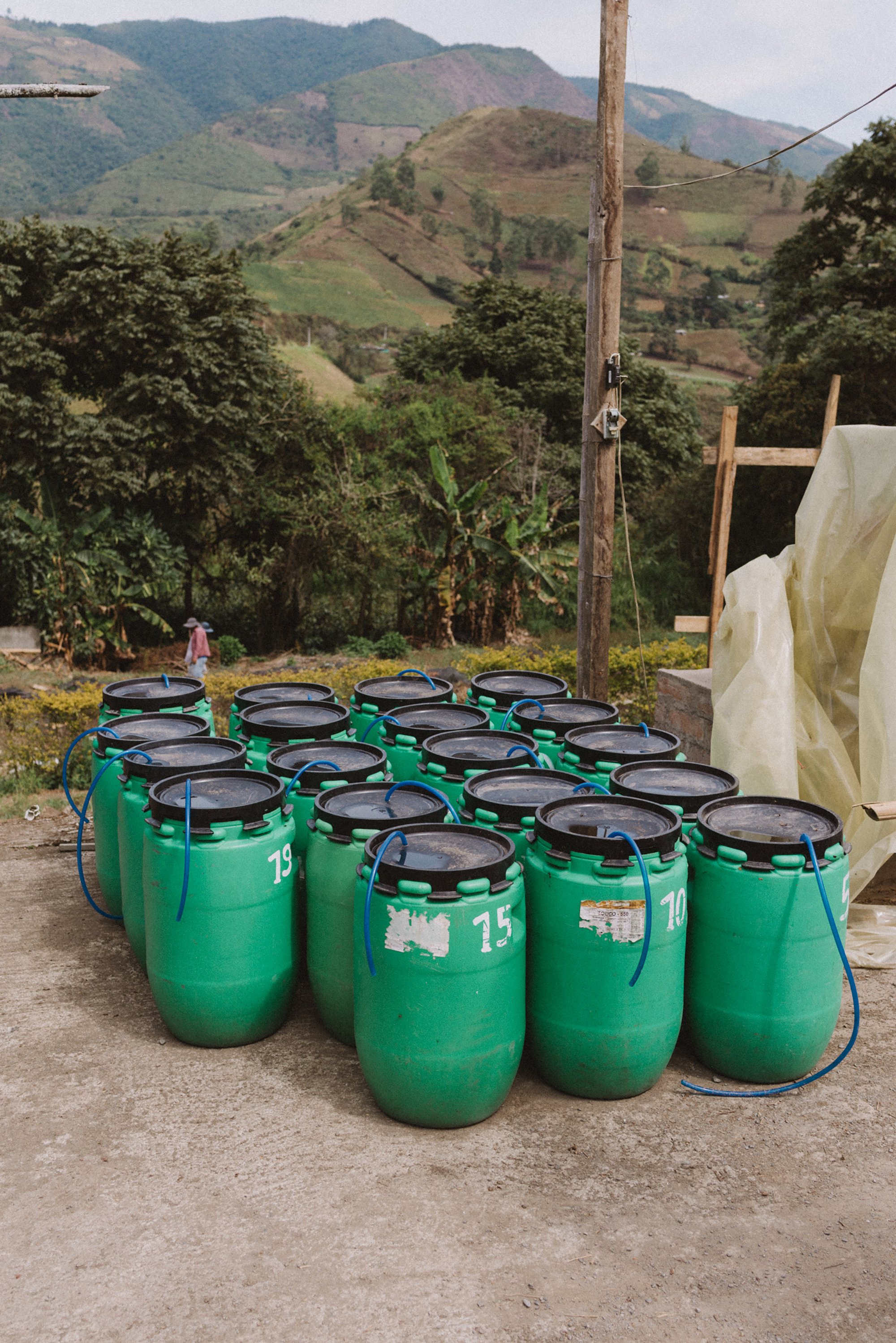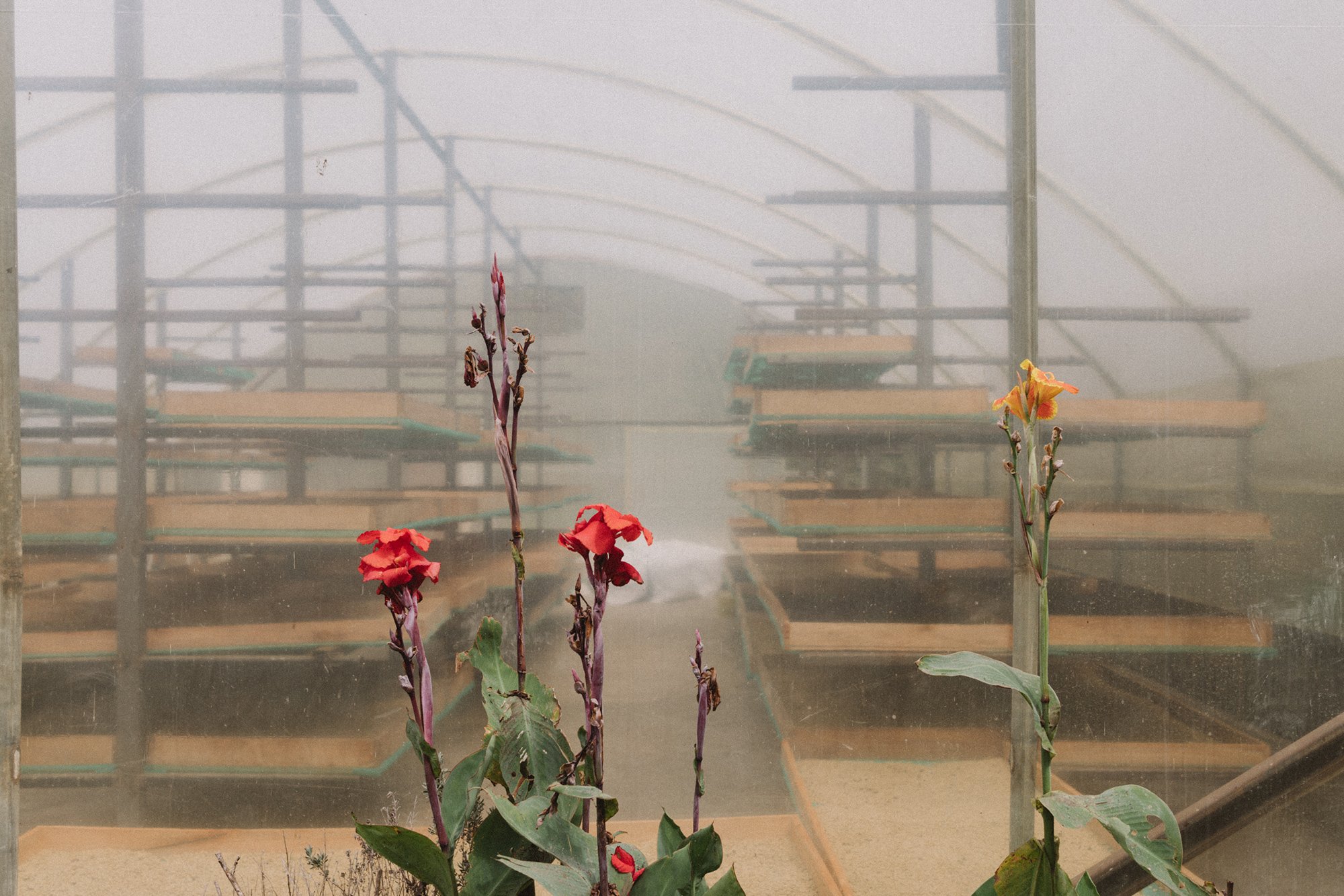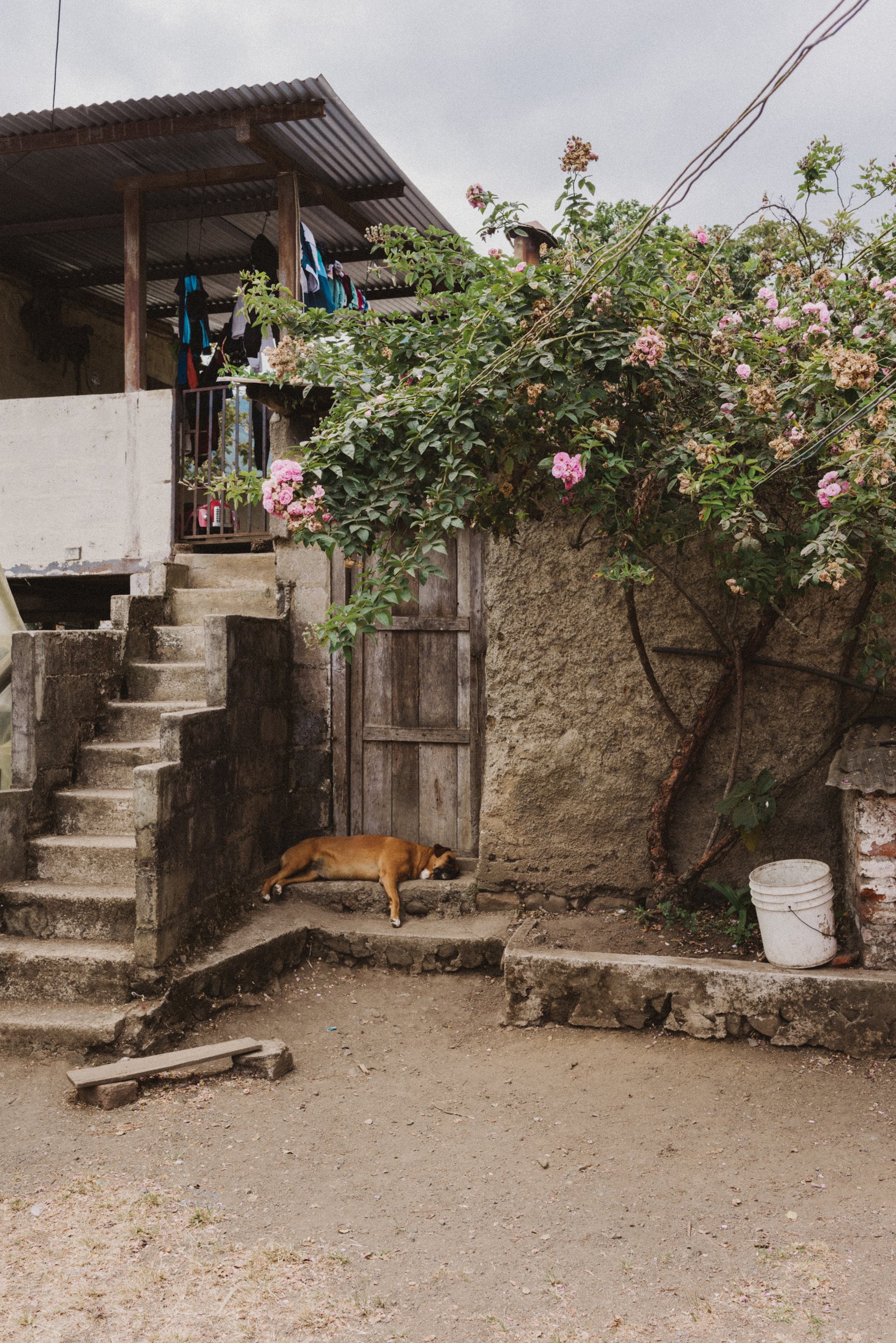When coffee lovers think about countries that produce the best quality coffee, Brazil and Colombia probably spring to mind first. While these countries are undoubtedly two of the world’s leading producers, other nations are slowly starting to catch up. And few of them do it quite as ambitiously as Ecuador, a country with one of the most diverse ecosystems and landscapes in the world. Grown at the foot of the Andes, in the low, fertile lands of the Amazon basin, across rolling hills, or in the Galápagos Islands, Ecuadorian coffee stands out among others thanks to its sweet, fruity and delicate floral notes.
A few years ago, the country’s coffee production was in steep decline, lagging significantly behind Peru and Costa Rica with no signs of improving. Fast forward to 2019, and Ecuadorian coffee production is definitely going through significant changes. The country’s small producers aim to bring Ecuador to the international specialty coffee stage by focusing on quality. And their strategy is starting to pay off, with more specialty coffee shops in the US and elsewhere turning to Ecuador for quality coffee.
A brief look at the history of Ecuadorian coffee
Introduced in Ecuador in the 1860s in the Manabí Province, coffee became one of Ecuador’s main exports by the 1950s and the second most valuable crop by the early 1980s. Ecuador produced both Arabica and Robusta coffee; the former on the western coast and the south, while the latter mostly in the north. A global price crash in the 1990s and an Ecuadorian economic crisis in the early 2000s coupled with a sharp decline in cultivated areas and low yields meant that the production of Ecuadorian coffee took a sharp downturn.
Now, Ecuador is one of only 15 countries to produce both varieties of coffee: Arabica and Robusta. In recent years, the rehabilitation of old plantations and the replacement of old, low-yield trees have started to rejuvenate the country’s production. As a result of international demand for specialty coffee, the growth has affected mainly Arabica plantations and specialty coffee farms. A lower yield variety, Arabica has a lower caffeine content and it’s used in specialty coffee. By contrast, Robusta has a high yield, more caffeine, and it’s reserved only for espresso blends and instant coffee. While Ecuador’s popular Robusta variety still dwarfs Arabica in terms of production, the former is actually starting to fall for the first time. Looking at the growth of specialty coffee, it’s easy to see why.
In 2016, at the U.S. Roaster Championship, Tony Querio of Spyhouse Coffee won the first prize by roasting an Ecuadorian Typica variety to perfection. At the 12th Golden Cup Competition 2018, organized by Anecafé in Quito, Ecuador, a Typica variety of Arabica bought by a Korean company smashed the country’s previous price record. It’s a sign that even if Ecuador’s specialty coffee production is still small compared to that of neighboring countries, the recent focus on quality is starting to bear fruit.
Café Merino Lugmapata
Café Merino Lugmapata is one of the small, family-run farms that have contributed to the country’s increasing yields of high-quality specialty coffee. It’s located in Pallatanga, in the Chimborazo Province in the central Ecuadorian Andes, a few hours away from the capital Quito. The picturesque region is home to Ecuador’s highest mountain, Chimborazo, as well as a part of Sangay National Park and rollings hills cut by valleys and fresh water streams.
Owned by the Merino family for almost 100 years, the farm sits at an altitude of between 1,800 to 2,000 feet above sea level. The farm’s name is a combination of the local fruit “lugma” and the word “pata”, which means foot. Enrique Merino currently leads the farm. His great grandfather used the farm mostly for cattle and milk production but over the years, members of the Merino family started selling their plots. However, Enrique’s father held on to his own part of the land, leading his son to make the most of this precious legacy. After observing some 40-year-old coffee trees producing beans naturally with the help of the fertile land and optimal weather conditions, Enrique Merino realized the true potential of the farm. He began researching coffee farming and better agricultural production methods, planting new trees in the process.
Taking the farm into specialty coffee production
In 2012, the farm began producing coffee on a larger scale. Like most of the country’s small farms, the Merino family uses traditional farming practices, including hand-picking, hand-washing, and using natural products, which ultimately results in a cleaner coffee. As a proof of the family’s dedication and constant improvement of picking and processing methods, Café Merino Lugmapata started to get attention in the coffee industry. Their coffee came in third place at the Golded Cup cupping competition in 2016. Only a year later, it won the first prize, becoming Ecuador’s best coffee.
The family currently uses 9 hectares of land for coffee production but aims to expand it to 14 this year and 21 hectares in the near future. Currently, they export most of their specialty coffee (90%) to the US and South Korea, with 10% sold in Ecuador to local coffee brands and to a growing number of specialty coffee shops. In the US, the family distributes their coffee to the East Coast, including in NYC and Miami, as well as in Chicago and Seattle.
Specialty coffee farming at Café Merino Lugmapata
Producing award-winning coffee takes hard work and dedication. At Café Merino Lugmapata, a typical working day starts at 7 am and ends at 4 pm. During the busiest time of the year, the harvest that takes place between June and September, the workers divide their work in different steps: controlling the harvest, watering and irrigation, washing, fermentation, drying, and peeling the coffee beans.
The farm uses completely matured beans, selecting only the finest fruits and removing the rest from the production process. While every step is important and requires care and attention, the washing process is crucial. If completed perfectly, it not only ensures a cleaner coffee, but also helps to enhance the beans’ flavor profiles. Continuous tests on optimal drying and fermentation times ensure that the farm’s specialty coffee harvest rises to Enrique Merino’s high standards. The fermentation and drying times have a direct effect on the aroma, body, and depth of flavor of the final product.
Coffee varieties
As Café Merino Lugmapata mainly produces for Asia and the US markets, the farm focuses on a specific selection of coffee varieties. Currently, the Ecuadorian coffee farm cultivates four varieties.
Sarchimor is a high-yield hybrid of the Timor and Villa Sarchi varieties. It’s resistant to pests and rust, which makes it a convenient choice for many farms. Another hybrid, Sidra is a high-quality varietal that draws the best features from the Typica and Red Bourbon varieties. It has both a sweet flavor profile and acidity. Originally found only in Guatemala, Pache is a natural mutation of the Typica variety. As it grows to maturity in a smaller size, farmers can plant more Pache plants on a compact footprint, leading to higher yields. Finally, Café Merino Lugmapata also grows the popular Typica variety of Arabica. Originating in Ethiopia, it reached Yemen in the 15th and 16th centuries, making its way over the years to India, Philippines, and South America. While susceptible to diseases and offering a lower yield, this variety has an excellent quality.
A new chapter for Ecuadorian coffee
Against all odds, working on a small scale with traditional methods in tightly knit communities, without the help of investors but still paying the price that comes with choosing quality over quantity, Ecuadorian farmers are slowly building their country’s specialty coffee reputation on a global stage. As more specialty coffee shops open in bigger Ecuadorian cities, offering coffee with a rich body and flavor profile, it’s worth keeping the origin of the coffee beans in mind. In 2019, they are more likely to come not from a neighboring country, but from Ecuador. From family-owned farms like Café Merino Lugmapata. From farmers like Enrique Merino, who takes pride in using only natural techniques and products that don’t harm his country’s water and air. Grown with care and respect for both the natural plant and for the environment, this is specialty coffee that truly makes a difference. Photographs ©Gessato by Vicente Manssur.



